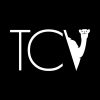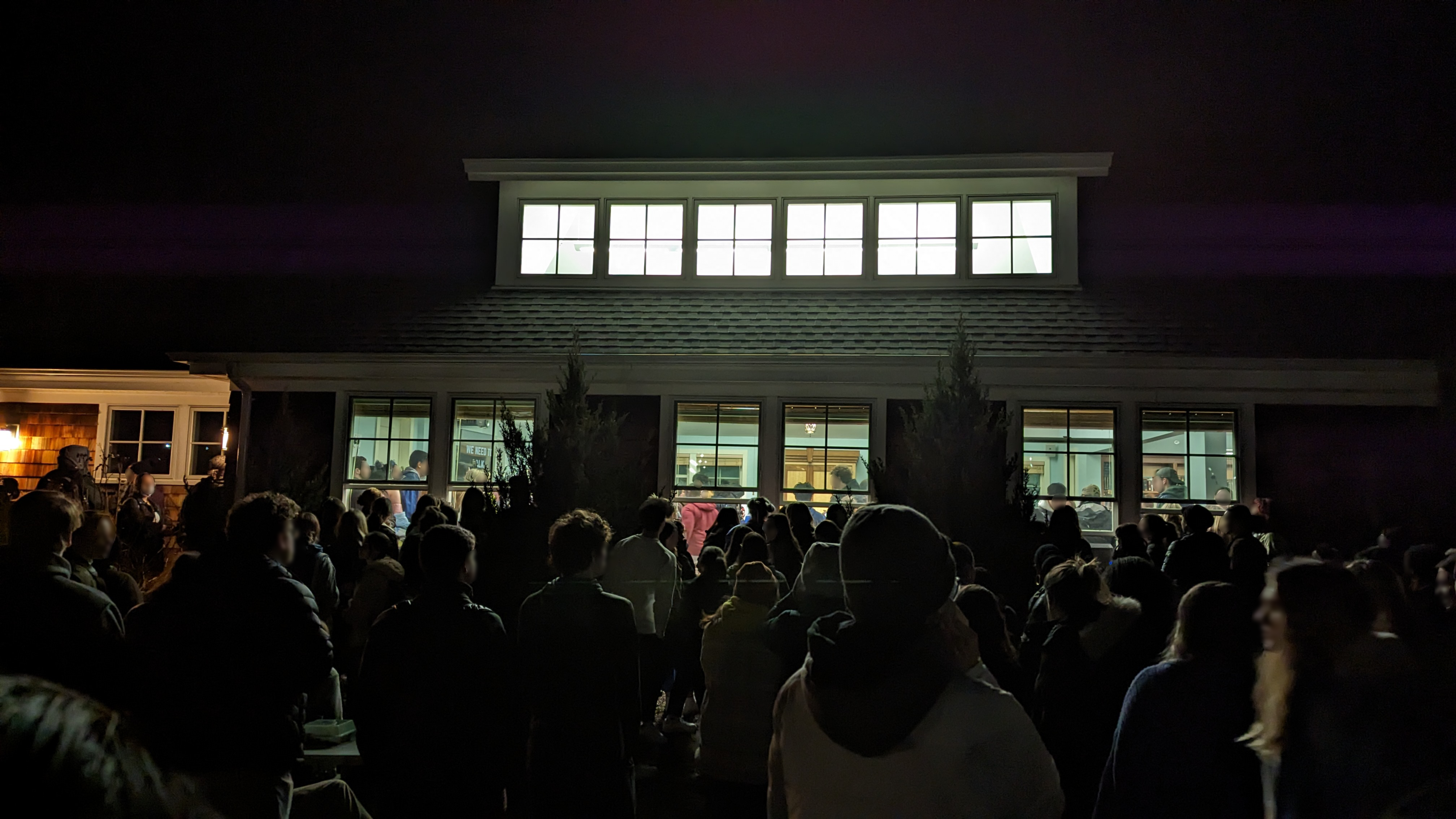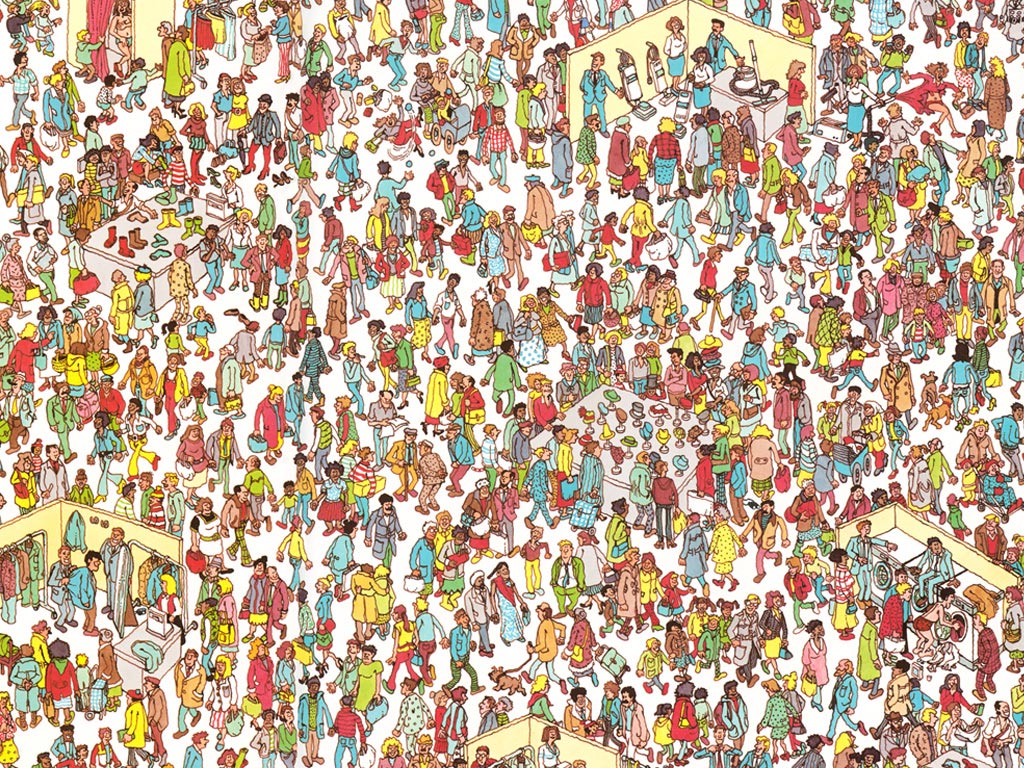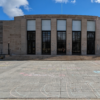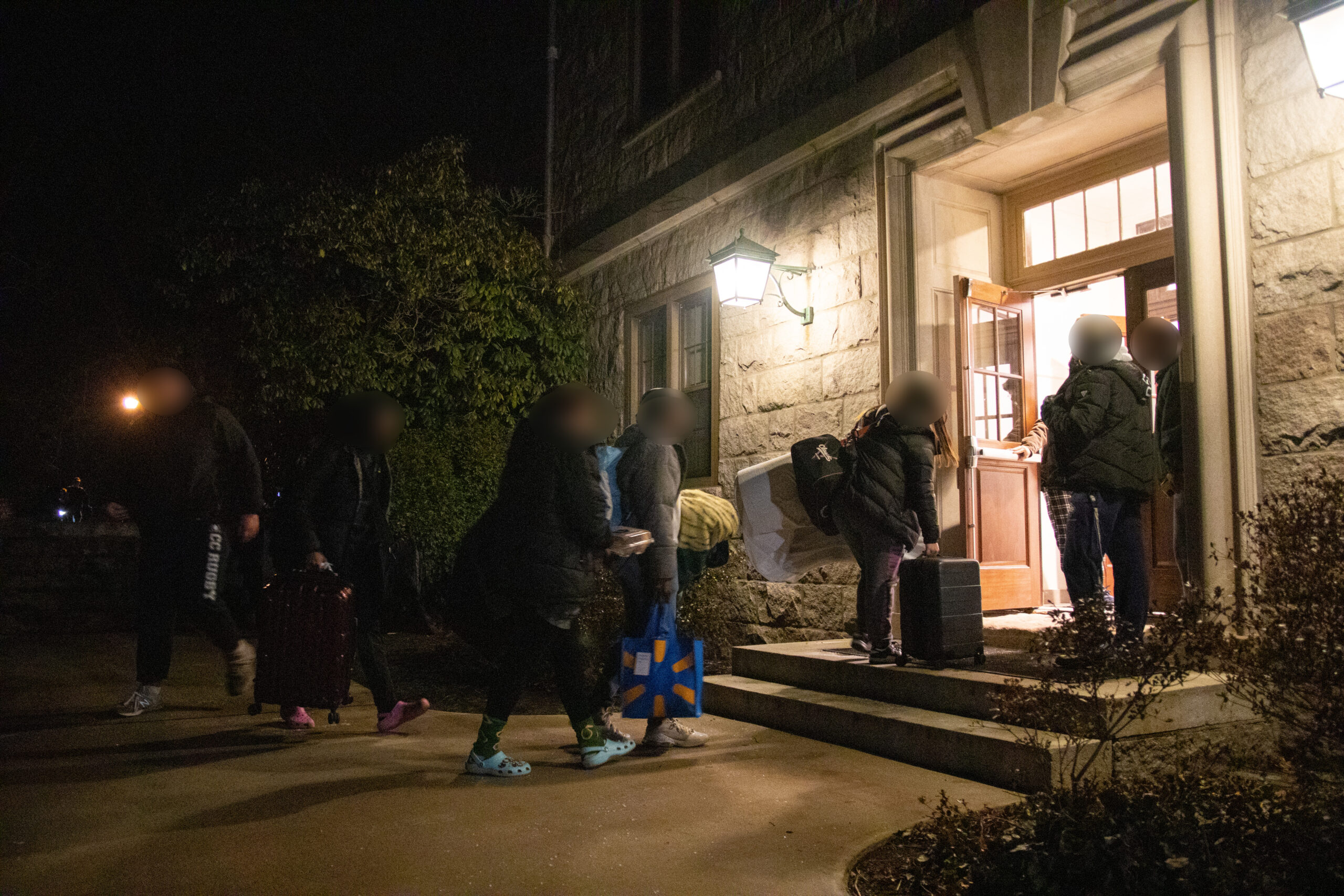Courtesy of the Ammerman Center
In an era where artificial intelligence reshapes creative landscapes, Connecticut College’s Associate Professor Nadav Assor offers a fresh perspective that sidesteps both techno-hype and fear-mongering. As director of the Ammerman Center for Arts and Technology, Assor has noticed an intriguing trend: students show surprising restraint with AI art tools, with most art majors still prioritizing manual skill development. This isn’t about resisting change, he suggests, but recognizing art’s fundamental role as a vehicle for personal expression.
The real threat, Assor warns, isn’t replacement but homogenization. He draws parallels to music’s “pop-ification” through streaming algorithms, cautioning that AI art tools trained on limited datasets risk creating a cultural feedback loop of ‘safe and boring’ audio catering to mainstream taste. Current models disproportionately reflect specific digital art subcultures, potentially flattening artistic diversity. Assor’s solution? Deliberately feed these systems underrepresented art forms – from indigenous visual traditions to rarely digitized physical media works – to expand AI’s creative vocabulary beyond corporate defaults.
This philosophy comes to life in the Ammerman Center’s programming. After spring break, the center is bringing in an installation by artist Tansy Xiao, who merges AI agents with biological systems to co-create soundscapes. Assor’s own project reimagines geological time through CT scan-type animations of rock formations, combining AI interpolation with painstaking stop-motion puppetry. “This is by far the most manual project I’ve worked on,” Assor explains. “The manual work anchors the piece in human intention, while AI helps visualize timescales beyond our perception.”
For students navigating this new landscape, Assor emphasizes art history as critical infrastructure. “It’s going to be even more important to learn content,” he insists. “The only way to get anything interesting out of these generators is to give them context. You need the vocabulary that comes from actually learning this stuff in college to describe something interesting and creative.”
As AI tools proliferate, the halls of Connecticut College buzz with debate. Some professors have implemented strict AI policies, viewing the technology with caution or even skepticism. Yet, as Assor’s perspective shows, there’s a spectrum of approaches to AI in education. The ongoing discussions at Connecticut College mirror a broader conversation happening in higher education institutions across the world.
As AI continues to evolve, colleges face the challenge of integrating these tools in ways that enhance learning while preserving the core values of critical thinking and creativity that have long been the hallmarks of a liberal arts education. The art world, too, is grappling with its own AI revolution. Some artists are diving headfirst into the digital deep end, using AI to push the boundaries of what’s possible. Others cling to traditional methods, wary of a future where machines might mimic the human touch. But for many, like Assor and his students, the sweet spot lies somewhere in between. They’re finding ways to let AI amplify their creativity without drowning out their unique voices. As galleries fill with works that blur the line between human and machine, the art community faces its own reckoning: how to harness AI’s potential while preserving the soul-stirring power of human expression. It’s a canvas of uncertainty, but also one of thrilling possibility.


